Clematis is a beautiful curly plant, which belongs to the family of ilok. The people often called Clematis vines. In nature, there are about 250 species of clematis, but a decent place is the variety of Hybrid plant Hegle.
Clematis - is a plant that can change the rest and become a beautiful garden ornament. Many gardeners have long been in love with this plant and captivated them not only beauty, but also easy to clean.
Clematis Hegle of Hybrid: description
This type of vine is very beautiful green leaves, large flowers, pink, purple fades into the shade.
The length of this type of plant reaches about 3 meters, the flowers are very large and subject to all cultivation conditions, they can reach about 18 cm in diameter. Each flower is 6 cups that have beautiful wavy edges. The reference to the ease of cultivation of Clematis is not empty words, the plant is so unpretentious and cold-resistant that Clematis can be grown even in the middle strip of Russia and moreover, they feel much better in these latitudes than where warmer.
If we compare this type of lianas with other varieties, then the main difference between the curved decorative plant is that Liana grows very slowly. But this feature is compensated by long and abundant flowering. The first colors are revealed at the beginning or middle of July, and the last flows at the end of September if the weather was warm and sunny. The inflorescence is a gentle pink color, large dark brown stamens are located in the center. This species of Clematis is very beautiful, therefore, gardeners amateur often plant Clematis to create a living hedge or a beautiful arch. The plant is climbing, but grows perfectly on the plain, while finding another support, clinging for shrubs and trees to climb closer to the sun. But since Haibrid has very large flowers, in the garden the plant is better to create support so that Clematis stretched up.
Features of this grade of Clematis:
- The plant is hardy.
- Growth reaches 3 meters.
- Large flowers.
- The garden requires a support.
- Loves the sun.
- Requires severe trimming.
- Loves abundant watering.
- It feels good on the fertilous, sandy soils.
Clematis Hegli Haybrid. Photo:
Methods of breeding Clematis Hegli Haybrid
This type of climbing plant breeds 4 ways:
- cultivation of seeds;
- by shifting;
- reproduction with gag;
- division.
Each method has its own characteristics, but in the end there are chances of growing a beautiful curly plant on a plot or in the garden.
If we consider the seed method of breeding Clematis, then this method is considered one of the most time-consuming, because you need to prepare seeds, soak and plant in the box, cover with a film, watering as the soil drying and monitor the temperature and lighting. The room temperature should not fall below +18 degrees. Young seedlings need warm and much light. When 2 full-fledged leafs appear, Clematis can be counted for further cultivation. This method is practically not used in gardeners also for the reason that the maternal qualities does not preserve the hybrid plant, which means that there can be no future reproduction of speech.
Shining is one of the most common methods of reproduction of Clematis of this species. As a result of strong pruning of plants, cuttings remain, of which you can grow a lot of curly plants to plant a whole plantation. Therefore, many gardeners do that, cut off the plant in order to improve flowering, and trimming is used to reproduce.
Features of the reproduction of Clematis:
- it is necessary to choose from all cuttings the strongest with 2 nodes at least;
- the cuttings must be put into the container with water with the addition of growth stimulants;
- for green cuttings, it will take excerpt in the water during the day (at least 18 hours), and for the weeds, a day or a little more;
- after such an excerpt, the boarding material must be planted in drawers or slides with soil;
- features of growing: moisturize the soil as drying, ensure that the soil has always been moderately humid;
- 6 weeks are given to the rooting, then the landing material can be transferred to the permanent place of cultivation.
If your task is a large-scale reproduction with cuttings, it is required to properly prepare cuttings: the upper cut should be made to a sharp knife at a right angle, the lower cut - should be at an angle of 45 degrees.
As for the method of dividing the bush - this method of reproduction is suitable if it is not planned to grow large volumes of curly plants. In this case, an adult strong, healthy bush is selected for the selection of the planting material to split it into several parts, separating the part of the root system along with the branches. After separation, the divided bush immediately needs to be put into the soil. Despite the stressful situation, the Clematis of this variety are perfectly leaving in a new place and can soon expect flowering.
Reproduction with gag is one of the most simple breeding methods. In the spring you need young shoots to trigge the layer of land (15 cm) and consolidate. When choosing shoots, give preference to young, but strong shoots. Weak breeding for breeding are not suitable. In order for shoots not moving, they are fixed with brackets and leave until next spring. Just during this period, Clematis's shoots should be rooted and launching new sprouts. Then these branches can be separated from the main bush and plant separately at a permanent place.
Features of landing Clematis Hegli Haybrid
Rules for planting seedlings in open ground:
- it is necessary to prepare a pit, depth and width of the half meter;
- at the bottom of the pit as a drainage you need to put pebbles, gravel or clay;
- immediately after that, you need to pour a little land into the hole, make a depression in the center and insert a seedling, deepening by 12 cm;
- around the trunk you need to compact the soil of crushed bark and pour;
- if necessary, thin branches of the plant should be tiered.
Immediately after landing, it is forbidden to bring fresh manure into the soil, because Clematis may die. Preparing the soil to landing the Liana, if necessary, it can be enriched with complex fertilizers, and if the soil is poor, on top to drainage, it is necessary to pour a layer of humus mixed with a soil.
Clematis Hegli Haybrid: how to care for a plant
For full development, growth and abundant flowering, proper care for clematis is needed.
Care of curly plants:
- watering is abundant, but you need to ensure that the water is not stood. Watering the lianas need 2 times a week, abundantly pouring plants with water;
- pruning - as needed sharp scissors;
- regular removal of dry escapes;
- can be given the form of plants, but only in the autumn period, after flowering and relief of foliage;
- rejuvenation of lianas - trimming the old vine in order to achieve abundant flowering;
- since the lianas do not like freezing, they need to be covered for the winter, but only to ensure good ventilation. This is necessary in order for the bushes to be rotted under the layer of dry foliage, fabric or other underfloor material;
- if in the winter period, the air temperature will be -10 degrees, additional protection measures are needed: plants need to truth and also a layer of sawdust;
- if a bush is extinct, do not rush to pull it off with the root, because the root usually remains the whole and with the onset of spring, the plant will let new shoots;
- preparation for wintering includes protective measures: it is necessary to treat soil with drugs including copper, as well as a 1% solution of ai or 0.2% solution of Fundazola. The easiest way to prepare for the winter in order to process the soil from fungus is watering the soil around the bush with a weak solution of manganese. Soil processing for the purpose of protection against fungus is carried out 2 times a year: in the fall and spring, as soon as warming.
Special attention in the cultivation of Clematis - making feeding. As mentioned earlier, it is forbidden to introduce fresh manure, but feeding the nitric fertilizers of Liana love and develop well.
As soon as the first flowers are revealed, it is possible to fertilize the soil with complex fertilizers ("Kemira Lux", "Nitroammofoska"), and after flowering - to make ash (under each bush of small wood ash 2 glasses).
If you want the plant to bear plenty of blossom, to feed Clematis 5 times per season:
- making first feeding in early May: This is a solution of ammonium nitrate. 2 g of fertilizer takes 10 liters of water or you can scatter around the bush for 2 handstry fertilizers and close;
- the second feeder is 10 days later by organica: infusion of chicken litter (1:15) or cowboard (1:10). If there are no such fertilizers, urea solution is suitable. 10 g of water takes 10 g;
- making a third feeder after 2 weeks - it must be complex mineral fertilizers. For example, "Kemira Waiversal" or "Kemira Lux", 1 tbsp is taken on 10 liters. without a slide;
- the fourth feeding can be made when the plant will release buds. It should be a fertilizer with potassium and phosphorus content, but only without chlorine!
- the last, fifth feeder (complex fertilizers for 10 liters 1 tbsp) is made after the flowers will be filled and fall leaves.
When the plant blooms - to make fertilizers undesirable, because the flowering period is reduced.
Diseases and pests Clematis Hegli Haybrid
Clematis is a garden plant that is not protected from diseases and pests. Gardeners are often faced with such situations when breeding curly plants:
- gray rot: Brown spots appear on the leaves, which can quickly spread and infect neighboring plants. To protect Clematis, treatment is necessary for the Fundazole preparation;
- withering is the most dangerous for Lian, because the plant can dry out rapidly. Cause: The roots went deep underground, where treatment is impossible from fungal dispute. To avoid this, it is necessary to make feeding, timely removal of weed grass, help the spraying of vitriors;
- redhead spots or rust appear on plants if Clematis are affected by rust. In order to get rid of this disease, it is necessary to remove the affected places, and the plant sprinkle with a solution of copper sulphate 1%. How to prepare a burglar liquid: 100 g of a copper cune's powder and 120 small shallow lime are taken on 10 liters of water. First, the copper dissolves in hot water (1 l), then the cold water of 5 liters is added gradually. In a separate container, it is necessary to dissolve in a small amount of lime powder (to pay off in hot water), then it is necessary to strain both solutions separately through gauze and mix;
- puffy dew is the most common disease that affects all parts of the plant. A whitish flare is formed on the surface, from which you can get rid of spraying with soapy water with the addition of vitriol. Preparation of a solution: 300 g of insecticidal green soap is taken on 10 liters of warm water and 20 g of copper sulfate (30 g can, depending on how the plant is affected);
- the web tick is one of the most common diseases of Lian. If you saw the web on the plant and at the same time the unacceptable buds began to dying, this is a web tick. You can get rid of it in a simple way - treatment with garlic infusion (200 g of garlic is taken on 10 liters);
- nematodes - the pest affects the entire plant, starting with the root system. Therefore, if late, it is necessary to get rid of the plants in this place for 3 years not grow flowers. Preventive measures: removal of weed grass, planting of the neighbors, these are parsley, dill, velvetsev and garlic.
Clematis Hegli Haybrid: reviews
We offer to familiarize yourself with the opinions of the amateur flowers about the cultivation of this variety of plants:
Maria: " In my garden, Clematis settled 5 years ago and every year I am rejoicing abundant flowering. My Clematis closed the entire fence, the flowers are large, pale pink shade with dark stamens. My abundant bloom begins from the end of May and continues until mid-June. Then the rest and renewal of flowering in August, but not so abundant. In the first 2 years, I strongly cut Clematis, left 30 cm, then it began to leave 80 cm - 1 m, the trimming was performed in the spring. I liked it so more, because the Clematis of this variety began to bloom».
Svetlana: " My Lianams are not easy to adapt to the weather conditions of Western Siberia. It happened that Clematis was frozen, then a period of flowering and buds were reduced, were not so large. I cut off for the winter, leaving 2 buds, carefully covering my clematis to freeze. I noticed that the plants do not like when the soil dries and when they overheat. The first can be avoided if you mulch sawdust, and I also noticed that if you plant a low decorative plants around, they will create a shadow and thus protect against overheating Lian at the base. But then compliance with fertilizers is required, and Clematis is likely not only get drunk well, but also to "eat." And in general, I am satisfied, the garden is very beautiful during flowering!»

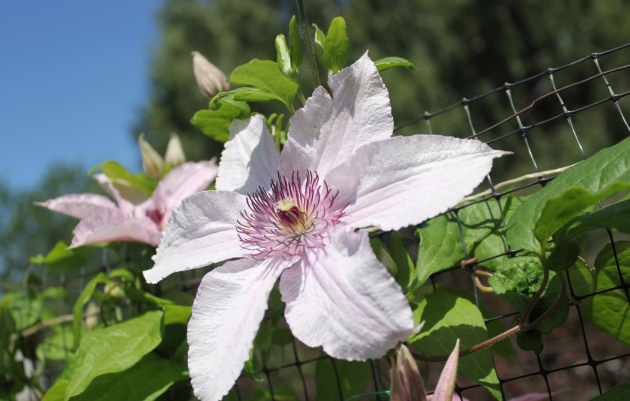
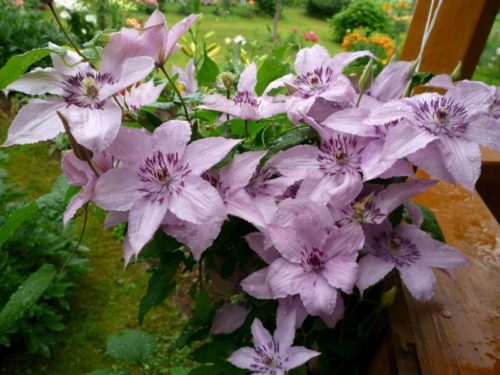
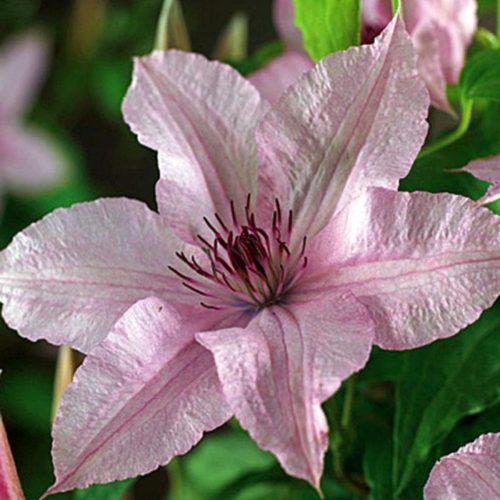
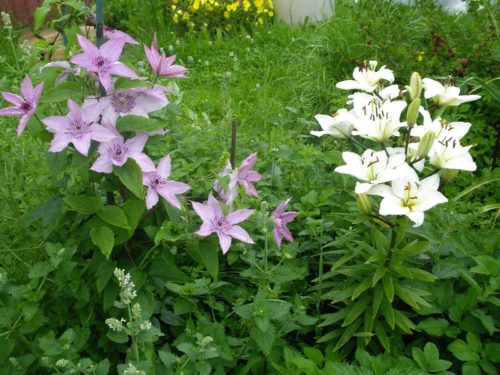
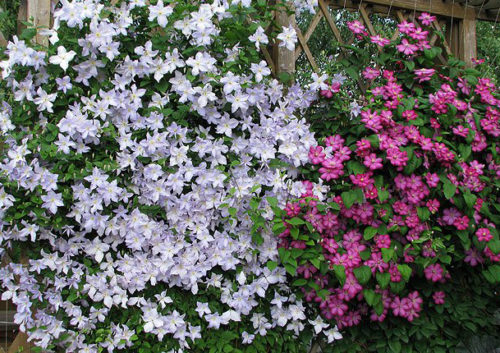
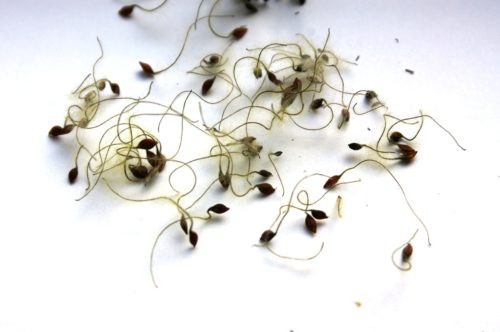
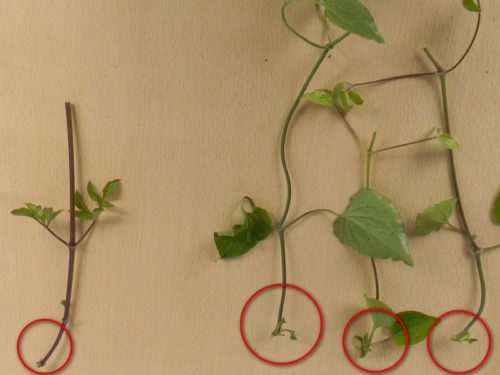
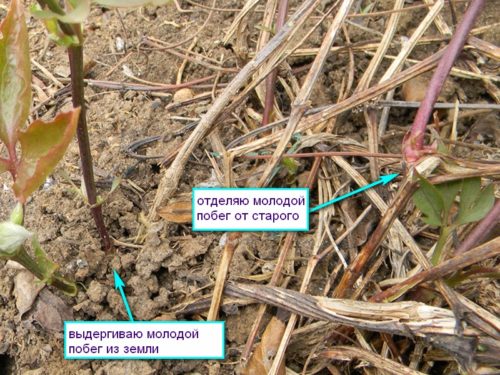
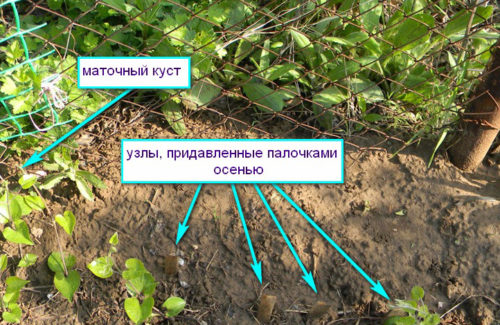
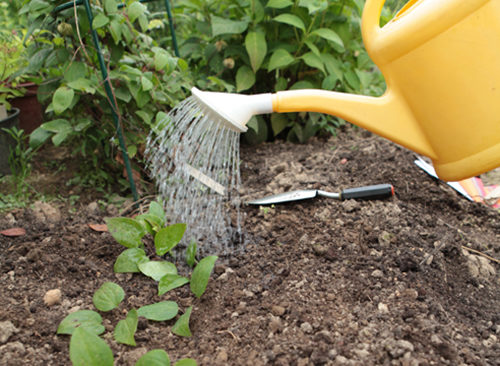
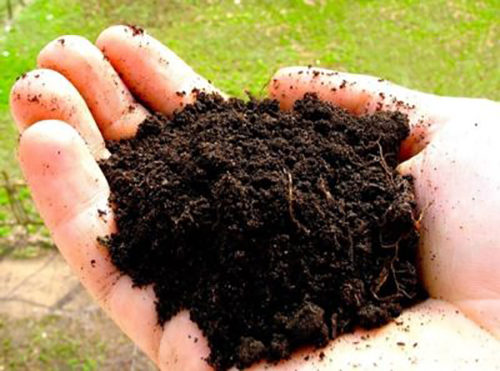
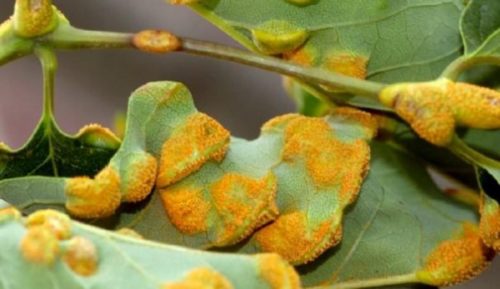












 Start a discussion ...
Start a discussion ...